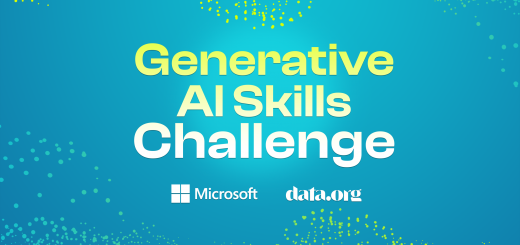Catalyzing Change 2022 – A Guide to building Catalytic Network
Collaboration is the bedrock of the impact sector. This report will empower you with learnings to build the catalytic networks to achieve SDGs.

Catalyst 2030 has created a report on ‘Catalysing Change’ to foster collaboration in attaining Sustainable Development Goals. We have an ambitious target to achieve the SDGs by 2030. To achieve this global target, we need global collaboration to establish this change. The development sector requires constant churning of ideas to deliver an impact. This report provides a direction on one of the key aspects of the development sector, i.e Collaboration.
Social entrepreneurs, NGOs, non-profit organizations, and Civil Societies can borrow learnings from this report to make their impact base within their organizations. This article will analyze these learnings that can enrich the development sector.
What is a catalytic network?
The report defines a catalytic network as, a ‘Global, distributed, cross-sector network of individuals and organizations who are united by their values and principles, and working together to achieve collaborative action’. The concept formed on the principles of Mahatma Gandhi’s philosophy of community-based constructive action.
The impact of the developmental sector should reach last mile. The processes take the top-down approach where only the voices of the upper pyramid are heard which creates an imbalance. This report’s learning follows a bottom-up approach. Here collective voices are heard and not shadowed by the powerful.
This kind of network runs across countries and sectors. It is essential to dissolve these rigid boundaries as impact sectors need expertise and collaboration from everyone who wants to empower livelihoods. As the report phrases, these are ‘networks of networks’ with the members connecting tissue to an already existing network.
Seven Learnings
Following are the seven learnings to help you in cultivating catalytic networks.
- Unite with values
Before forming any collaborations, the organizations should look for a shared set of values aligning with the other organizations.
- Power the Collective
The collectives are formed through assembling, convening, and facilitating emergence. The report observes that frequent convenings in small groups can accelerate the process of collaboration.
- Broker with Honesty
An honest broker will foster relationships bridging the balance between privileged and non–privileged people and organizations. They will foster relations by understanding the need of every stakeholder and connecting them with people or organizations that can help achieve their impact goal.
- Link many Locals
Collaborations from the locals will harness grassroots expertise and knowledge. Therefore, the report recommends forming a bottom-up approach to collaborations.
- Lead from the last mile
The report recommends giving the leadership hat to local communities who understand the problem and the communities to bring that change.
- Resource Change
Resources should be distributed in a decentralized fashion. The local communities should be provided with enough funds and resources to carry out their project deliverables.
- Catalyze Systems Change
To create a sustainable impact, it is important to undergo a root cause analysis of the complex social problem. This needs system change where we are not curing merely symptoms but its causes too.
These learnings will help social entrepreneurs to revive their collaborative strategy to build catalytic networks. These networks will be beneficial to share learning, knowledge, and resources to achieve SDGs.
To know more, read this report!


